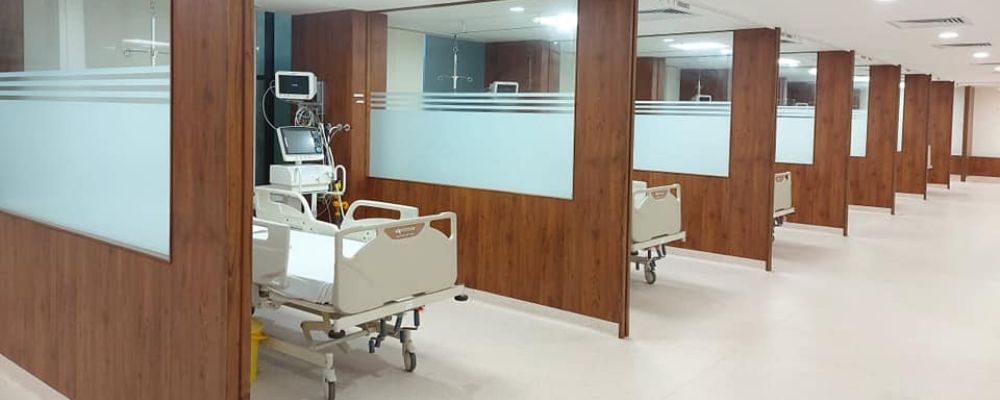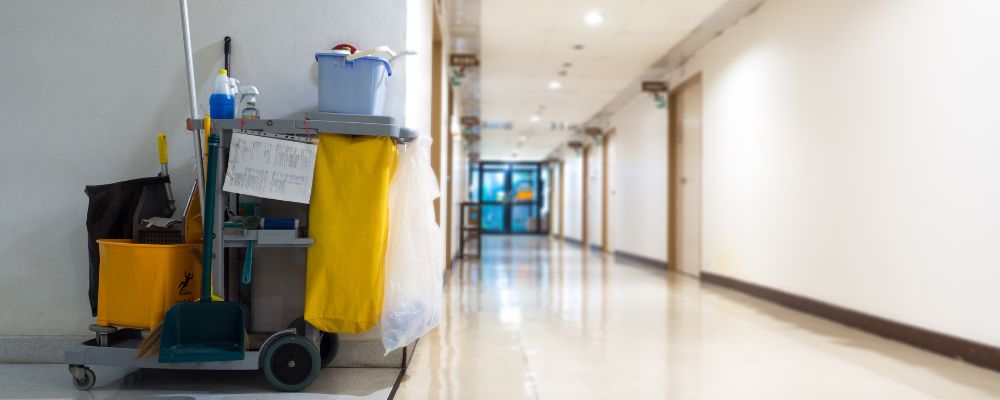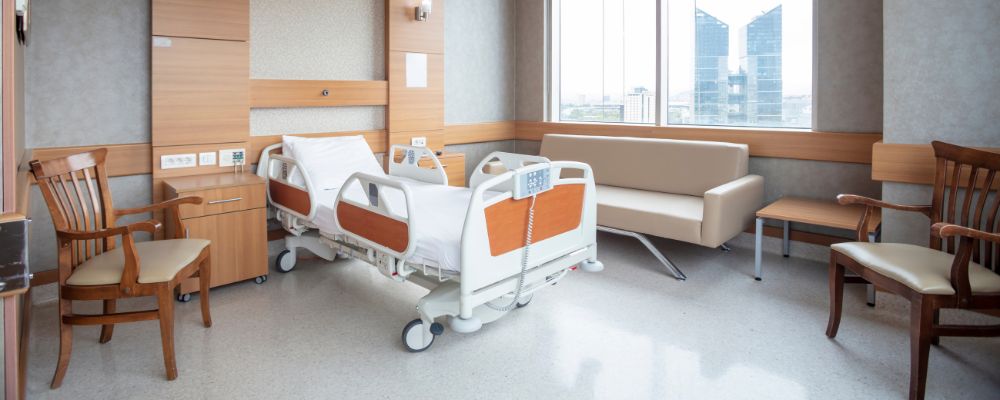Designing a hospital is not the only constraint to make it visually appealing. The main aim is to strike a perfect balance between aesthetics and functionality elements, ensuring the well-being of patients, the efficiency of staff, and the overall success of the facility.
At SkyDec Engineer, we understand the importance of this balance and help our clients to develop a healthcare space that not only looks good but also maintains a positive environment, focusing on the patients’ and staff’s well-being.
Why Balance is Crucial in Hospital Design

A hospital is a place where there is a mix of emotions such as joy, grief, sadness, and more. Thus, creating a space for healthcare professionals that supports their work and for patients a place for healing and recovery. This is why balancing aesthetic appeal with functionality is important.
A beautifully designed hospital with proper natural lighting, proper layout, and calming colors plays an important role in enhancing the patient experience, reducing stress, and faster healing.
Key Considerations in Balancing Aesthetics and Functionality
Here are some of the factors that one should follow while designing a hospital:
Patient Comfort
The main focus while designing a hospital should always be the patient’s health and experience. Therefore, using aesthetic elements such as calming colors, proper natural light, peaceful artwork, and other elements that contribute to patients’ health, reduces stress and promotes faster healing. However, make sure that these elements should be integrated in such a way that it does not interfere with the accessibility to important medical equipment or pathways.
Efficient Layouts
The layout of a hospital should be designed in such a way that it makes it easy for hospital staff to move quickly between different areas such as from the emergency room to the operating room or should have enough space in a room so that in case of emergencies junior doctors can easily assist the senior professionals.
Moreover, a good layout saves time and makes the hospital run more smoothly, leading to less stress and fatigue in the staff while moving between patient rooms.
Durability and Maintenance

Hospitals are busy places, and the materials used while designing them should be highly durable and easy to maintain. Floors, walls, and furniture should be made of materials that are easy to clean, resistant to wear and tear, and safe. For example, non-slip flooring can prevent accidents, and durable surfaces can help keep the hospital looking good for longer.
Integrating Technology
Nowadays, hospitals are dependent on technology like using advanced medical equipment, maintaining patient records digitally, and others. Therefore, the hospitals should be designed in such a way that it does not compromise the space of these technological needs along with maintaining the aesthetics. In such cases, one can plan for various power outlets, data ports, and easy accessibility for medical devices.
Safety and Compliance
The most important thing that one should never forget is the safety. The use of aesthetic elements should never compromise the safety of the people. Ensure that all the materials used in the design of the hospital meet the safety standards and regulations.
Flexibility and Future-Proofing
Hospitals should be designed in such a way that they can easily adapt the future changes in the healthcare industry. Therefore, while designing hospitals, flexibility should always be kept in mind, as it has played a significant role in maintaining aesthetics and functionality for many years.
Examples of Successful Balancing
Below are some of the examples that will help you to get a clear understanding of the balance between aesthetics and functionality:
- Biophilic Design: Adding biophilic design in your hospital such as indoor gardens or green walls creates a calming environment without compromising functionality. These elements also help to improve the air quality and promote faster healing. You can also check one of our blogs on ‘Biophilic Interior Design in Healthcare Space’ which will help you to understand better how important is biophilic design.
- Art in Hospitals: You can also use some soft, abstract art that helps in creating a soothing environment and enhances the aesthetic appeal of a hospital. However, it’s essential to choose art that resonates with patients and staff without overwhelming the space.
- Color Schemes: Soft, neutral colors can create a calming environment, but it’s important to use them strategically. Bright colors may be used in children’s wards to create a playful atmosphere, while more neutral tones can be used in areas where relaxation and calm are needed, such as recovery rooms.
Conclusion

At Skydec Engineer, we believe that the best hospital designs are those that find the perfect balance between aesthetics and functionality. We specialize in designing and renovating healthcare facilities by focusing on patient comfort, safety, and efficiency. Till now, we have served more than 100 clients and some of the renowned clients include Siemens, Philips, CK Birla Hospital, Birla IVF, Canon Medical System, Bluestar, etc.
If you are planning to renovate or design a new healthcare facility, we at SkyDec Engineers are here to help you. Our team of skilled professionals will help you at every step throughout the journey. Give us a call at +91 9818153338 to book appointments with our experts.
